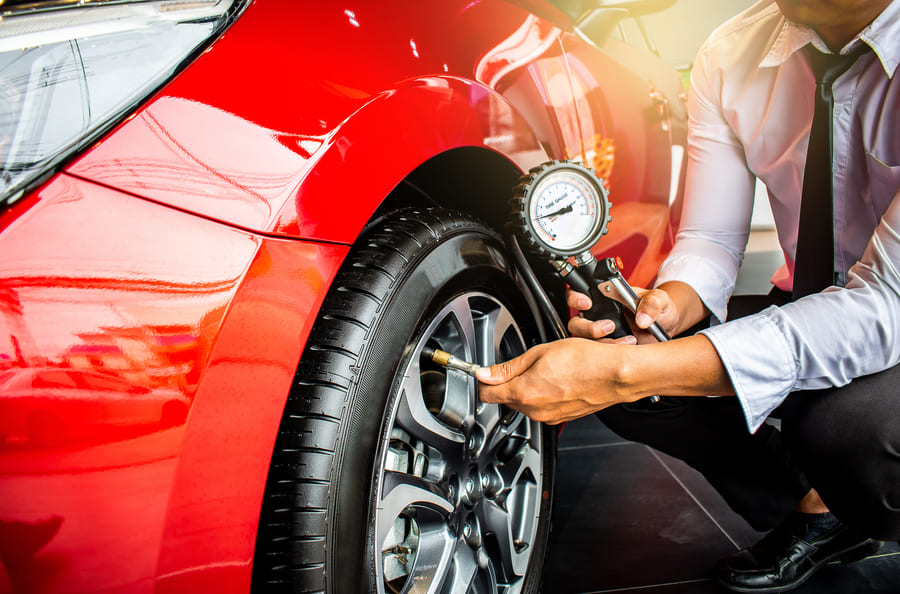
Tyre maintenance is essential for road safety and vehicle efficiency. We wouldn’t get very far without our tyres, so why do we take them for granted so frequently? People are often unaware of the consequences of not checking their tyres regularly. Statistics from the National Highway Transportation Agency have shown that vehicles with tyres that are under-inflated by 25% are three times more likely to have a tyre-related accident than those with normal tyres, while vehicles with over-inflated tyres are two times more likely to crash. If the tyre pressure is correct, the weight of the vehicle will be evenly distributed, ensuring stability and preventing uneven or rapid tyre wear.
However, tyre pressure is just one important aspect of this. Other factors include the size, tread and alignment of the tyres. When fitting new tyres, it is therefore important to choose the best tyres for your car in terms of the quality and design.
The recommended tyre pressure
The air pressure is measured in pounds per square inch (PSI) or bar. It is difficult to determine the exact pressure that the car needs without checking the manufacturer’s recommendations, as this will vary between different models and versions. Manufacturers based their pressure recommendations on several factors including the weight and size of the vehicle, the size of the tyres, and the vehicle’s towing capacity. Nevertheless, the recommended tyre pressure normally ranges between 30 and 35 PSI. For many vehicles, the recommended tyre pressure for the front tyres is higher than the rear tyre pressure recommendation.
You can find the right tyre pressure for your car by looking through the vehicle owner’s manual, reading the information label on the inside of the driver’s door, or checking the fuel filler cap.
How to check the pressure of your tyres
Experts generally recommend checking the tyre pressure at least once a month, although the tyres may need to be checked more frequently under certain conditions. For example, high temperatures cause the tyres to lose more air pressure. You may find that you have to top up your tyres more regularly during the summer months or when the vehicle is carrying heavy loads.
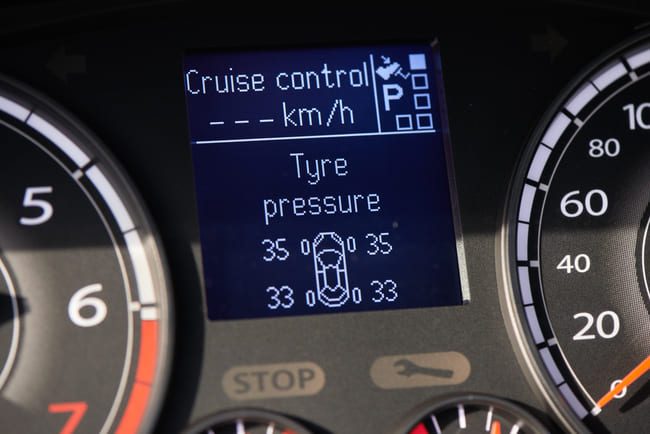
Most modern passenger cars are fitted with tyre pressure monitoring systems (TPMS) which are designed to alert the driver when the air pressure gets dangerously low or high. If a problem is detected by the sensors, the warning light will light up on the dashboard – this is normally a yellow symbol. Even if there does not appear to be a problem, you should make sure to check your tyres as soon as possible.
You use a pressure gauge to check the pressure in your tyres yourself. Once you have found a pressure gauge with the right unit of measurement for your vehicle, the process is fairly straightforward.
Follow these simple instructions:- First, make sure that the tyres are cold and the vehicle is parked on a flat surface.
- Remove the valve cap on the tyre and connect the pressure gauge to the valve stem.
- Check the reading on the pressure gauge and note it down.
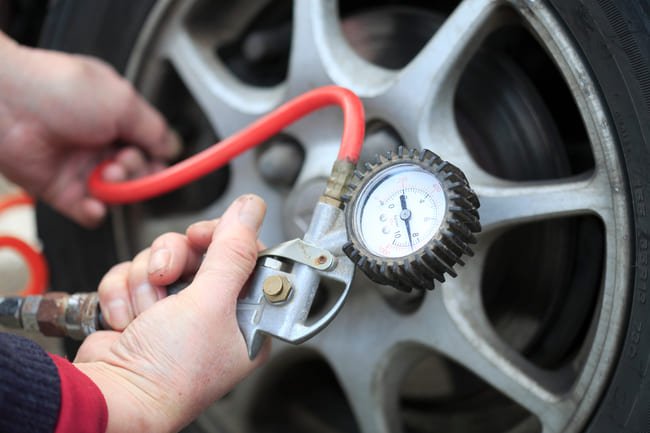
- If the pressure is too low, use an air pump to top it up by pumping small amounts of air until it reaches the recommended pressure level.
- If the tyres are too full, carefully press on the valve stem or stem pin with a flat-head screwdriver to deflate the tyre. Check the pressure as you go along.




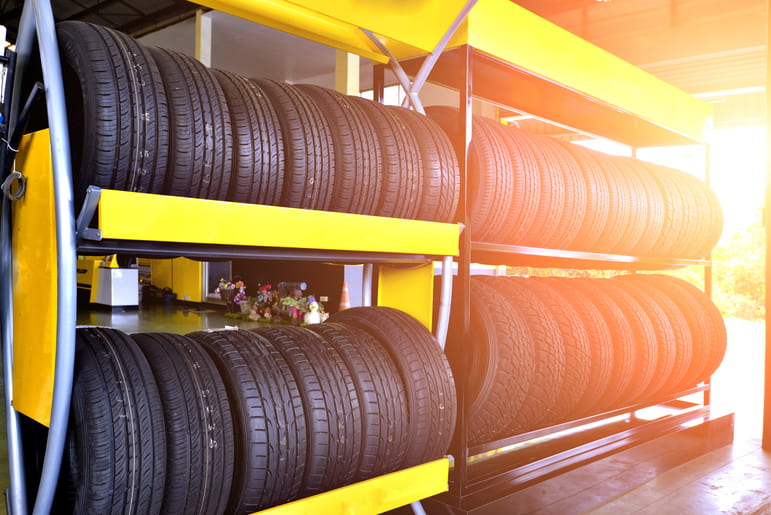
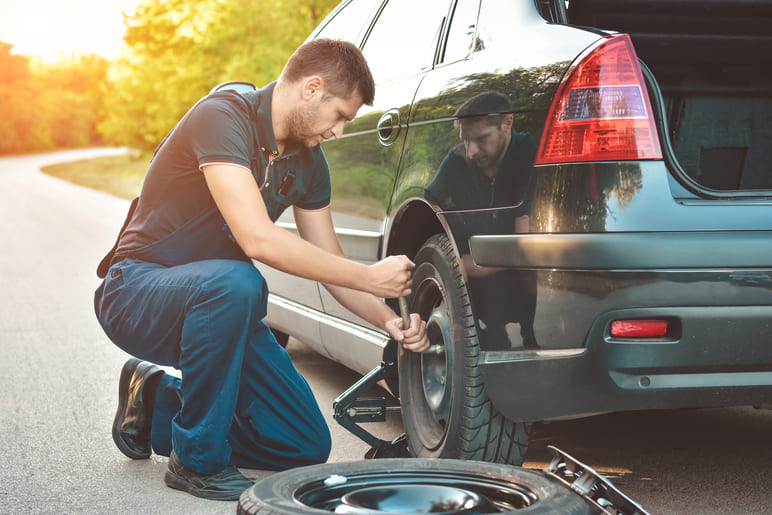


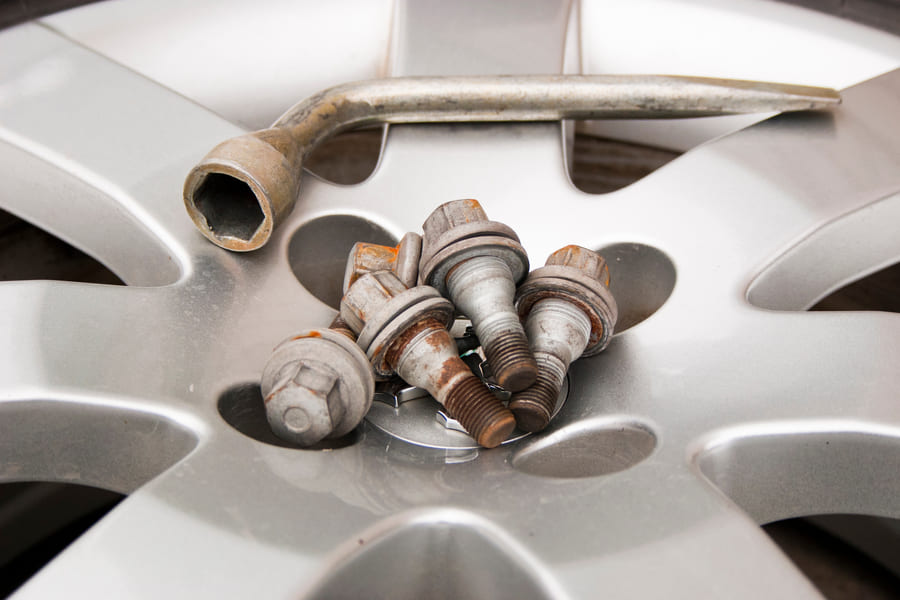
Comment